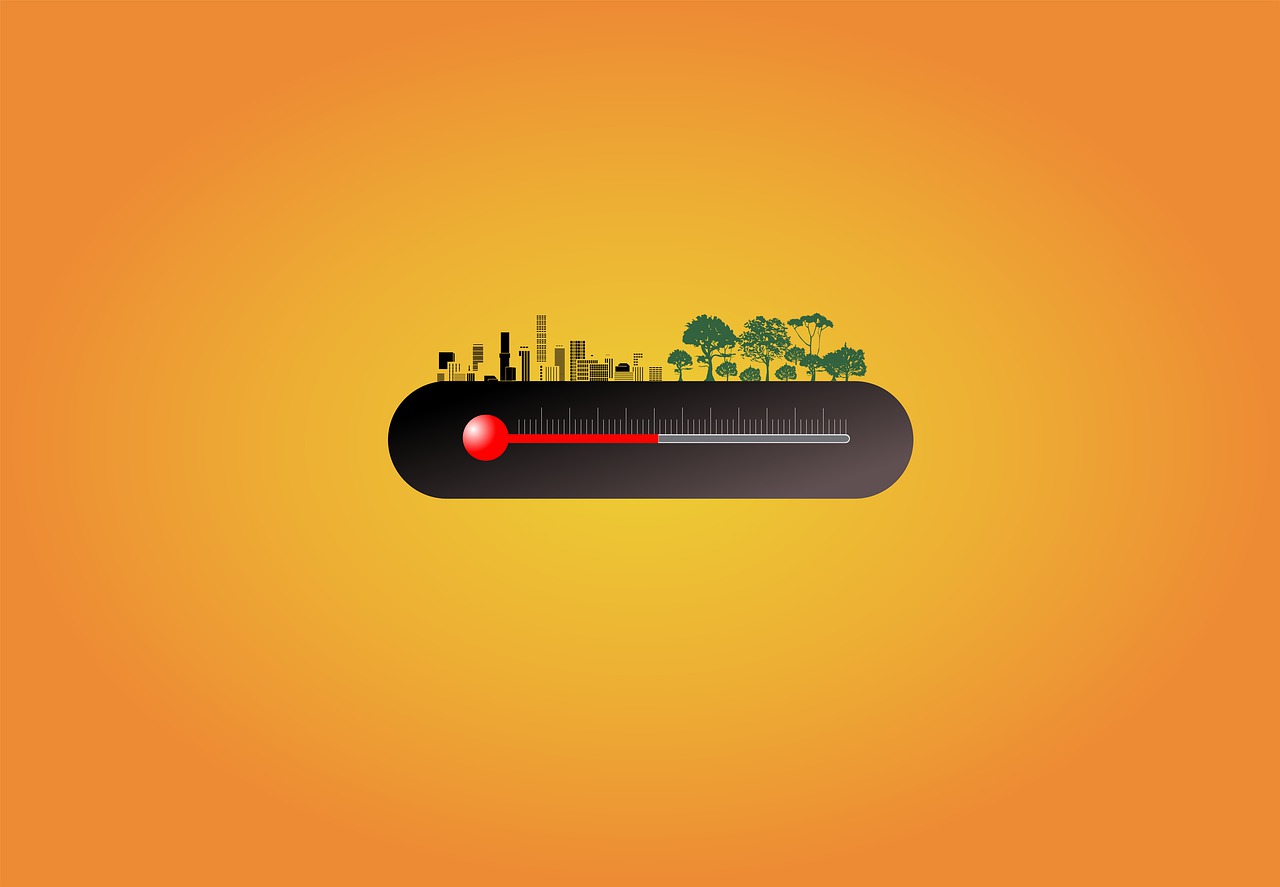
Vocabulary:
- stable /STEY-buhl /
- core /kawr/
- advocate /AD-vuh-kit/
- compelling /kuhm-PEL-ing/
- inherit /in-HER-it/
[adjectvive] – firmly fixed or not likely to move or change
After completing the repair work, the engineer checked to ensure that the structure was stable enough to withstand strong winds and earthquakes.
[noun] – the basic and most important part of something
The lack of funding is at the core of the problem.
[noun] – someone who publicly supports something
As an advocate for human rights, the lawyer has spent countless hours fighting for the rights of marginalized communities.
[adjective] – If a reason, argument, etc. is compelling, it makes you believe it or accept it because it is so strong
The speaker’s compelling argument convinced many people to change their minds about the importance of climate change.
[verb] – to begin to have responsibility for a problem or situation that previously existed or belonged to another person
Due to her mother’s love of books, she inherited a passion for reading that stayed with her throughout her life.
Article reading:
At its core, the concept of climate rights is about intergenerational justice. The actions of current and past generations have led to a warming planet, rising sea levels, and increasing weather extremes, all of which threaten the ability of future generations to thrive. Advocates for climate rights argue that those who will bear the brunt of these impacts have a right to a livable future and that current governments and individuals have a responsibility to take action to ensure that future generations are not left to suffer the consequences of our collective inaction. Despite the compelling nature of the argument for climate rights, there are significant challenges to making it a reality. One of the biggest hurdles is the fact that future generations are not yet able to speak for themselves or advocate for their own rights. This means that it is up to current governments, organizations, and individuals to take action on their behalf.
In conclusion, the concept of climate rights is a powerful reminder of the interconnectedness of our actions and their impact on future generations. As we face the challenges of climate change, it is essential that we consider the needs and rights of those who will inherit the planet from us.
Discussion Questions:
- Could you give me an example of a concept of climate rights that was integrated into policy-making in your country? Could you tell me more about it?
- Based on your experience, what are some of the most effective strategies for increasing awareness and support for the concept of climate rights?
- If future generations were able to speak for themselves, how do you think they would advocate for their own rights?
- Do you agree that future generations have a fundamental right to a stable and habitable environment?
- How do the actions of current and past generations affect the ability of future generations to thrive, and what can be done to address this issue?
Summarization
Describe:
- rapidly
- pressing
- thrive
- consequence
- essential